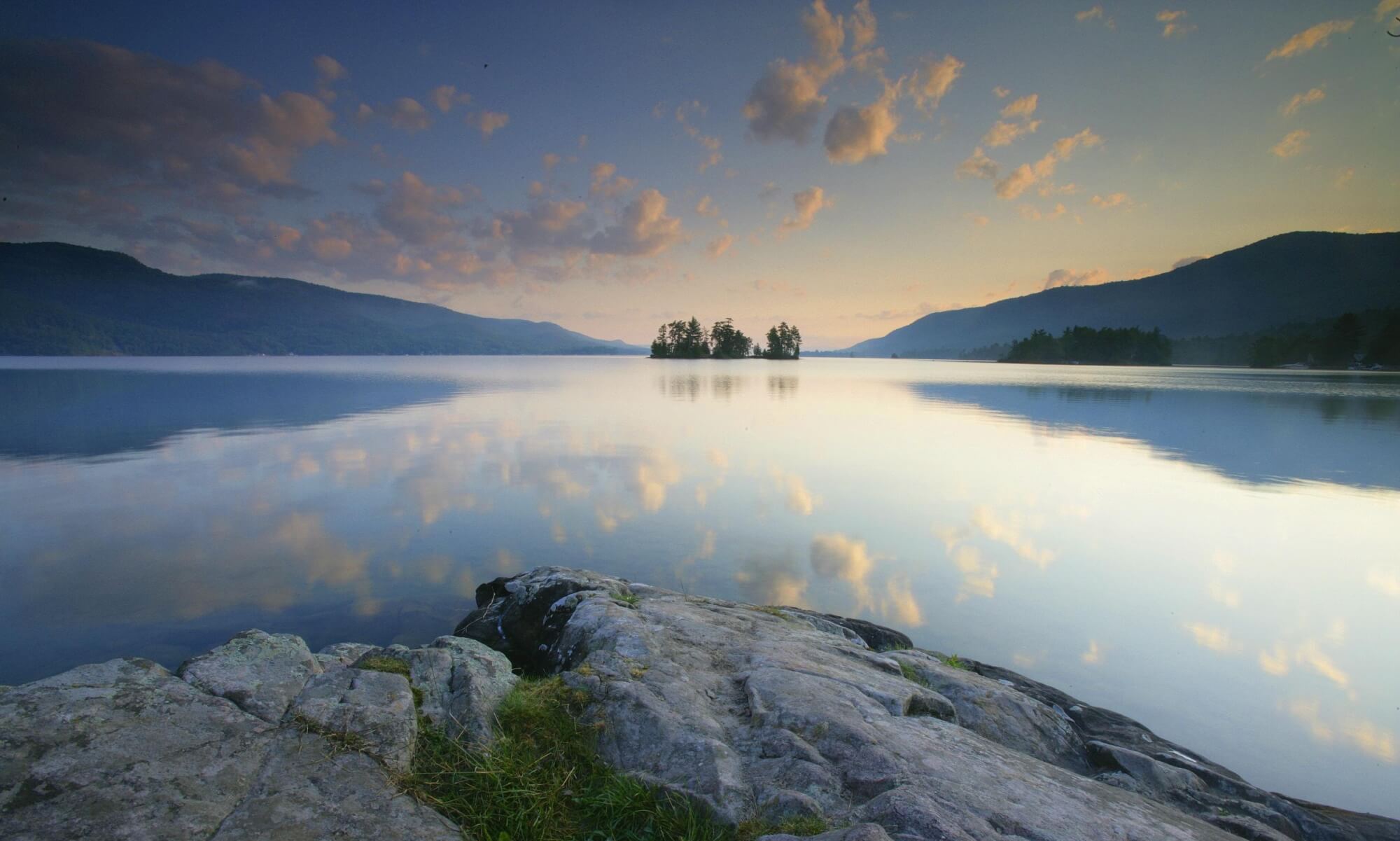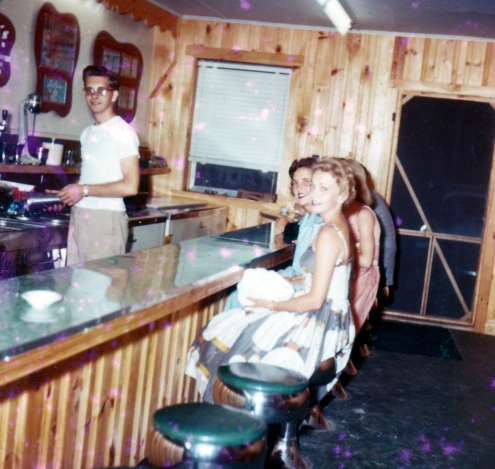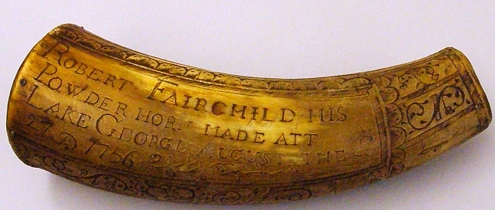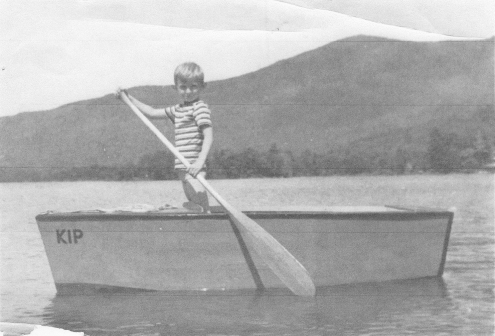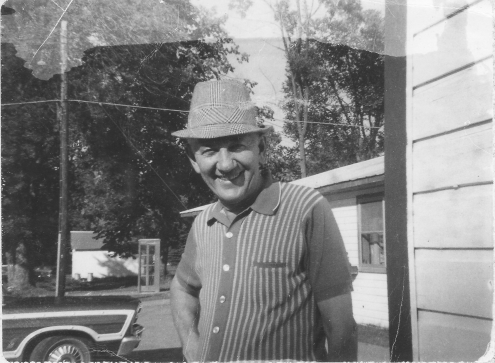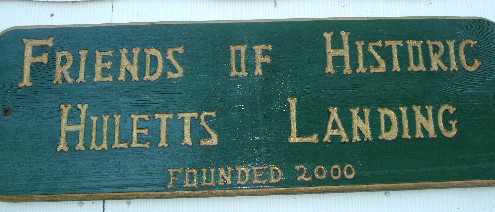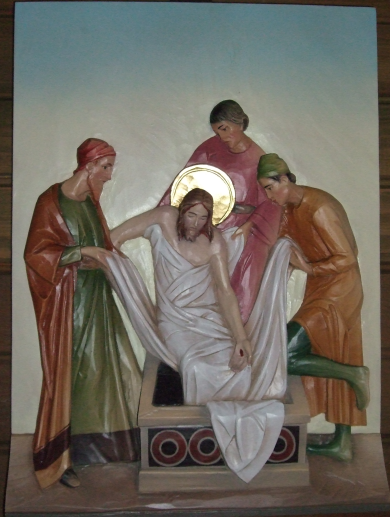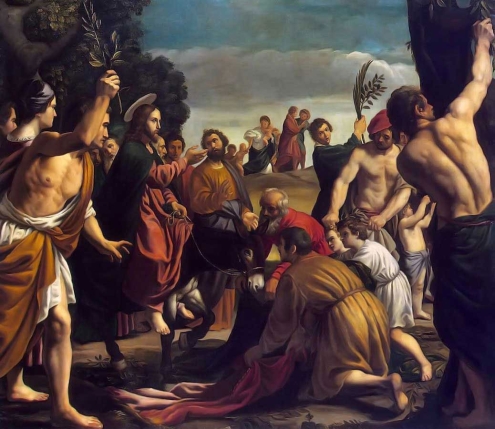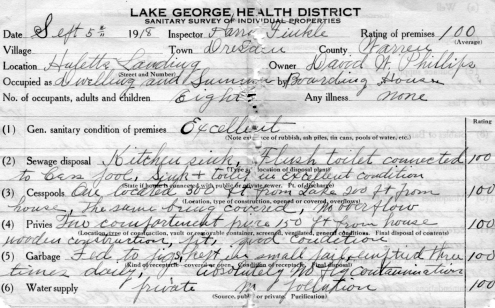
In the David W. Phillips documents that Lane DeMuro emailed me, there was a “Lake George Health District” report of the outside of the Phillips boarding house done in 1918 by Harry Finkle, who I presume was the local health official. It gives a fascinating glimpse into life in Huletts Landing in 1918. The complete report can be viewed by clicking on the links below but I have typed out the examined areas and responses at the end of this post.
It’s interesting to note what happened to the garbage (#5) and the fact that the house itself would be inspected on another day (#11). A “100” rating was given in every category.
This is a rare historical find which could not be shared unless Lane DeMuro passed it along. Many thanks to Lane for providing this.
Pdf. of front of report
Pdf. of back of report
(1) Gen. sanitary condition of premises: Excellent
(2) Sewage disposal: Kitchen sink, flush toilet connected to cess pool, Sink & toilet in excellent condition
(3) Cesspools: Are located 300 ft from Lake, 200 ft from house, the same being covered, no overflow
(4) Privies: Two compartment privies 150 ft from house wooden construction, pits, good condition
(5) Garbage: Fed to pigs, kept in small pail, emptied three times daily, absolutely no fly contamination
(6) Water supply: private no pollution
(a) Well: none
(b) Springs: none
(c) Surface supply: Spring brook, intake is 1700 feet from house, screened intake, no pollution
(7) Flies: Very few
(8) Stables or Barns: One barn and stable located 300 ft from Lake, 200 ft from house, no drainage to Lake.
(9) Manure: At end of barn, Hens kept same spread, and same is dry, and no flies are not breeding in same
(10) Mosquitoes: None no stagnant pools or breeding palces, no evidence of a breeding place, only natural
(11) Screening of house: Kitchen is well screened, the remainder of the house is not on the day of inspection.
(12) Additional points not covered above: I personally inspected the dining room and positively found the room without any flies
Recommendations: The general conditions are most Excellent.

